by Marko Zlatich
Among the many local units composing Washington’s army at the Battle of Long Island was the Grenadier Company of New York. One of nine independent companies on the militia rolls of the City and County of New York at the eve of the American Revolution, the Grenadier Company dated back to 1765 when its captain was the future Continental Maj. Gen. William Alexander, known as the Earl of Stirling.
[text_ad]
Succeeding the Earl of Stirling was John Lasher, described by a Tory as “a German shopkeeper of lowest extraction” who commanded the company during the turbulent governorship of William Tryon (1773-1775). Impressed by the loyalty of the Grenadier Company to his person, Royal Governor Tryon supported the formation of additional uniformed and disciplined companies to counter unrest in New York caused by the riotous and radical Sons of Liberty.
But with the collapse of Tryon’s colonial government in December 1775, the company voted a new charter to support the General Association of the First Continental Congress and was incorporated into a battalion of like- minded independent companies under the command of newly promoted Colonel John Lasher.
The Distinctive Grenadier Companies
As part of the political and patriotic movements that swept colonial America, uniformed independent companies favoring both loyalty and opposition to British rule were formed in New York, Philadelphia, Boston, Providence, Baltimore, Williamsburg, Charleston, and Savannah. Unlike the rest of the colonial militia which met for drill one day a year, the independents financed their own uniforms and equipment and assembled frequently to master the fine points of the manual exercise and militia discipline. Meeting in a clublike atmosphere punctuated by the commands of hired drill sergeants and the squeal of fifes and rattle of drums, these companies served as training cadres for such future leaders of the Continental Army as Nathanael Greene, Washington’s nominal second-in-command, who commanded the Kentish Guards of Rhode Island; Maryland’s three general officers who served together in the Baltimore Cadets; Benedict Arnold, who organized the 2nd Company of the Governor’s Foot Guards of Connecticut; Henry Knox, who was a lieutenant in Boston’s Grenadier Company; and George Washington, who was the commander of two Virginia independent companies.
Lasher’s battalion comprised a number of colorful uniformed independent companies. The Grenadier Company’s uniform was a blue regimental coat with red facings and lining, gold buttons and lace; a distinctive red-fronted cloth grenadier miter cap embroidered with the arms of the City of New York; white waistcoat, breeches, and stockings; black spatter dashes; and white crossed belts for holding the bayonet, grenadier sword, cartridge box, and grenade fuse. The Fusiliers Company’s uniform included a coat of blue faced red and a bearskin cap bearing in front a brass plate reading Fuziliers. The German Fusiliers wore blue faced red with silver lace and bearskin caps with white plates inscribed German Fuziliers and a tin star. The Sportsman Company had uniforms of green faced crimson and small round hats. The Light Infantry Company wore blue faced red. The Oswego Rangers wore blue coats and small round hats with a brass plate on the crown stamped Oswego Rangers. The Rangers Company wore green coats faced in buff, buff breeches and waistcoats, and black garters and spatter dashes.
A second battalion of New York independent companies was also formed. They were armed as British soldiers were, with Tower muskets and bayonets, and carried British pattern cartridge boxes, knapsacks, and haversacks.
By day, the New York independents owed their allegiance to the New York Provincial Congress, but by night the Grenadiers and others were organized into a system of night patrols and guards designed to frustrate possible landings from the 64-gun HMS Asia, anchored in New York harbor. The British man-of-war beat a hasty retreat to safer waters when, in April, the Grenadiers completed a circular “Grenadier” Battery overlooking the Hudson River. At this time the company mustered one captain, three lieutenants, four sergeants, four corporals, one drummer, one fifer, and 40 privates.
Bravery to a Fault?
On June 7, 1776, one-fourth of the New York militia was levied into service with the Continental Army until the end of the year. The City’s two battalions of independent companies were activated as a brigade commanded by Brig. Gen. John Morin Scott. With only 25 percent of the militia legally obligated to serve on active duty, the ranks of the two battalions had to be filled with men by drafts from the city’s three nonuniformed ward regiments.
Assigned to garrison duties in New York, Scott’s brigade was transferred to Long Island to serve in the Earl of Stirling’s Division. The companies’ finest hour took place at the Battle of Long Island when Lasher’s battalion was assigned to guard the right flank. Along with a battalion of Maryland independent companies, the battalion—according to an eyewitness—“behaved with the greatest bravery, even to a fault.” This conduct cost the battalion three officers and two volunteers missing. During the subsequent covert withdrawal of Washington’s Army from the Brooklyn lines, the old Grenadiers, each with six lighted grenades at hand, were posted along the fortifications in case of a frontal assault.
Captain Abraham Van Dyck, commander of the Grenadiers, became a prisoner after the battle. Scott’s brigade participated in the retreat north from New York City, until December 1, 1776, when the remnant of the brigade, numbering some 150 rank and file, was discharged at Haverstraw, NY.
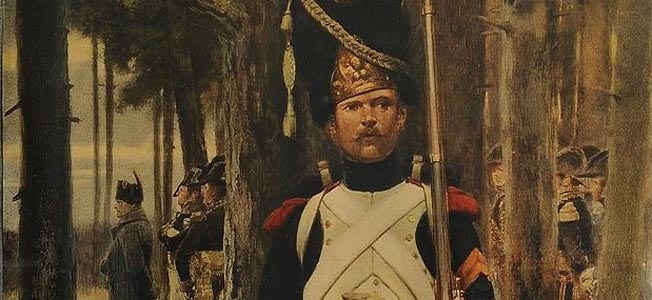

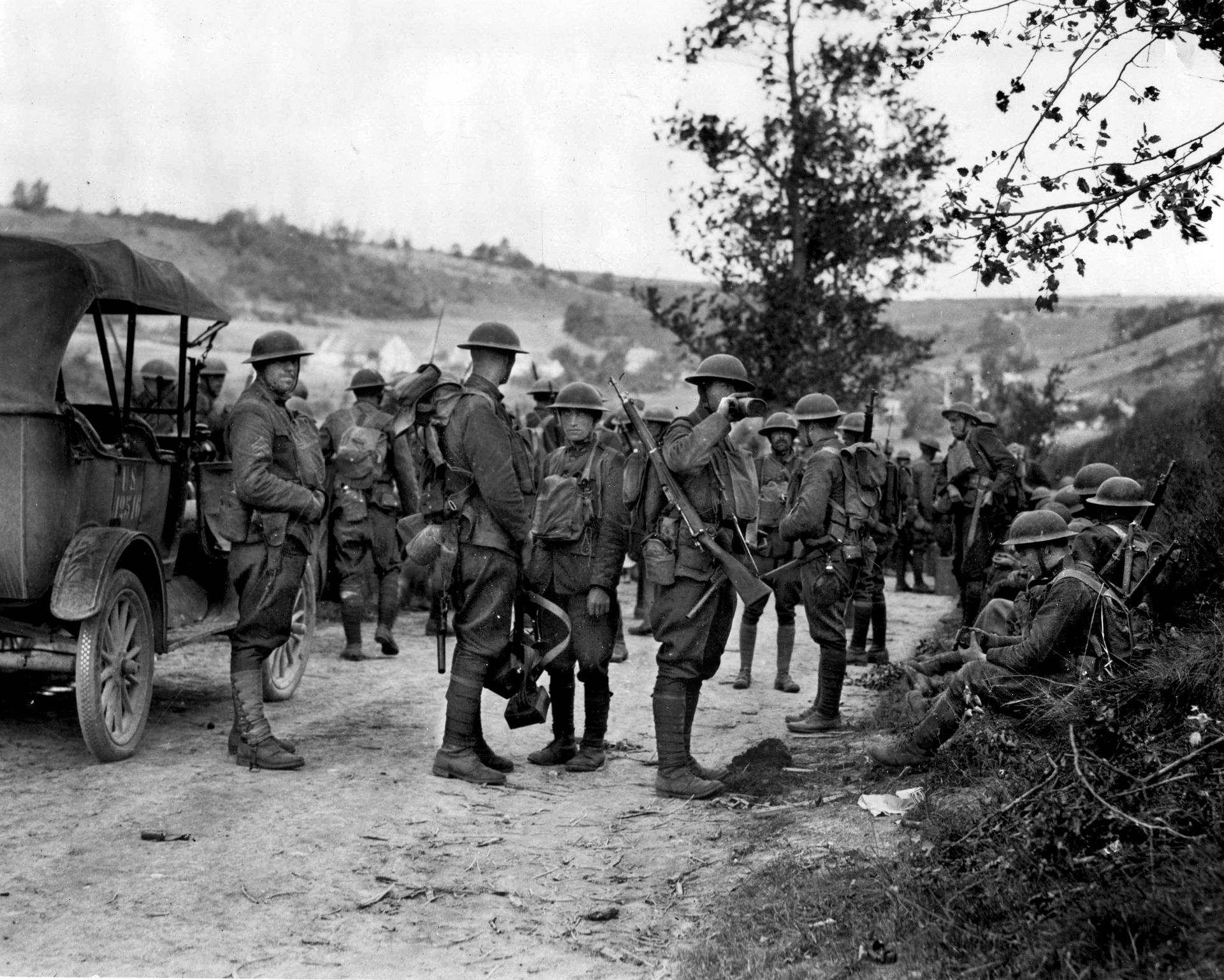
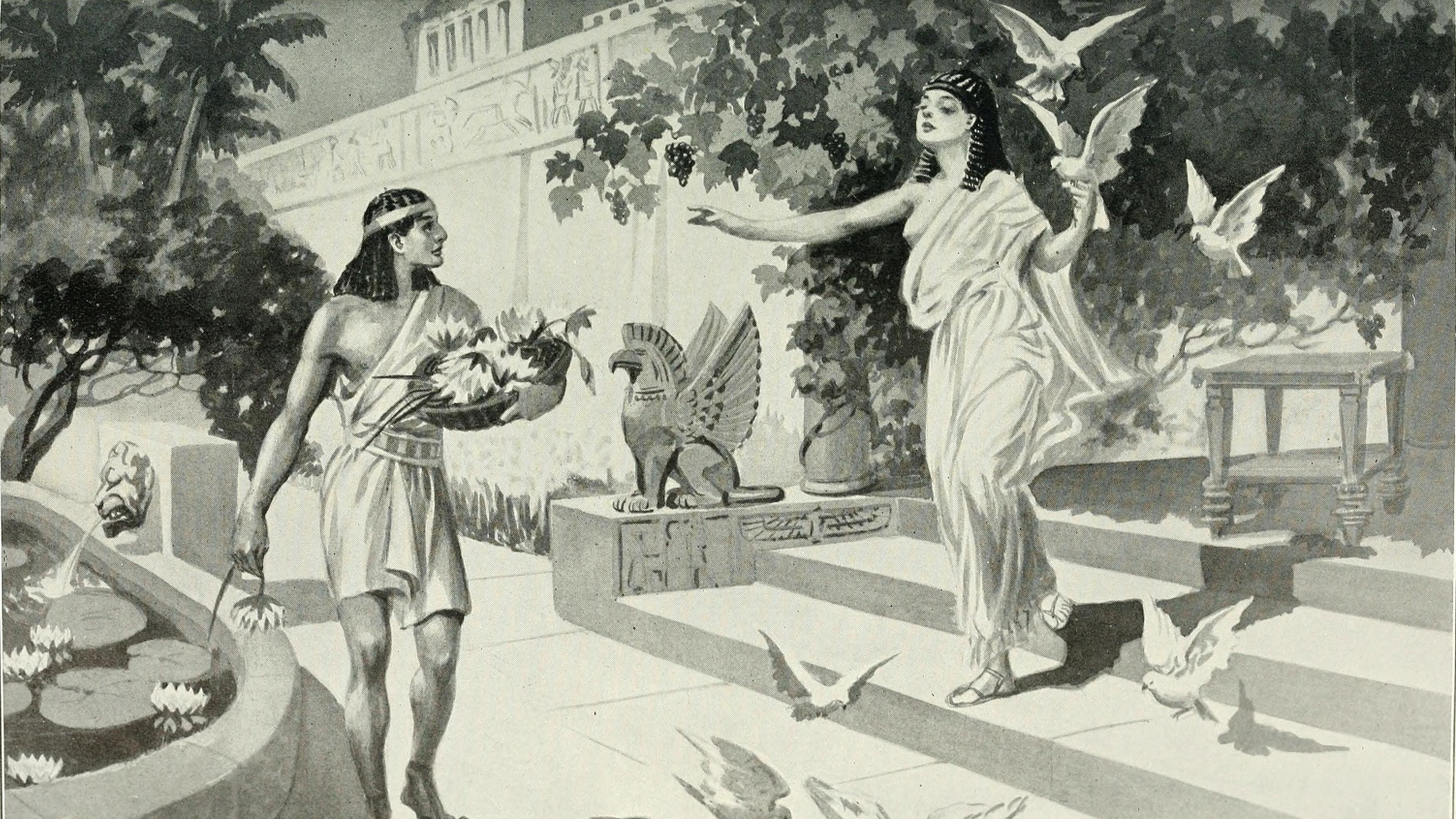
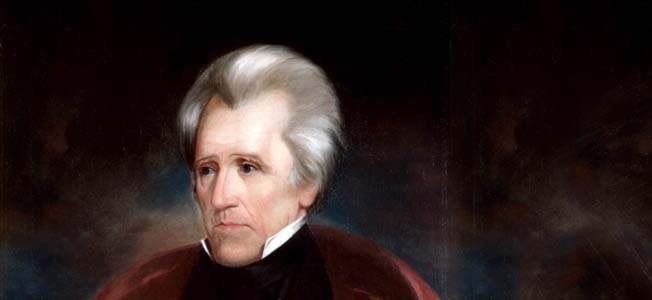
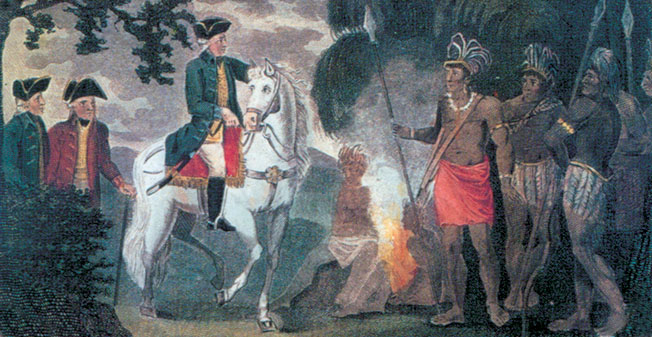
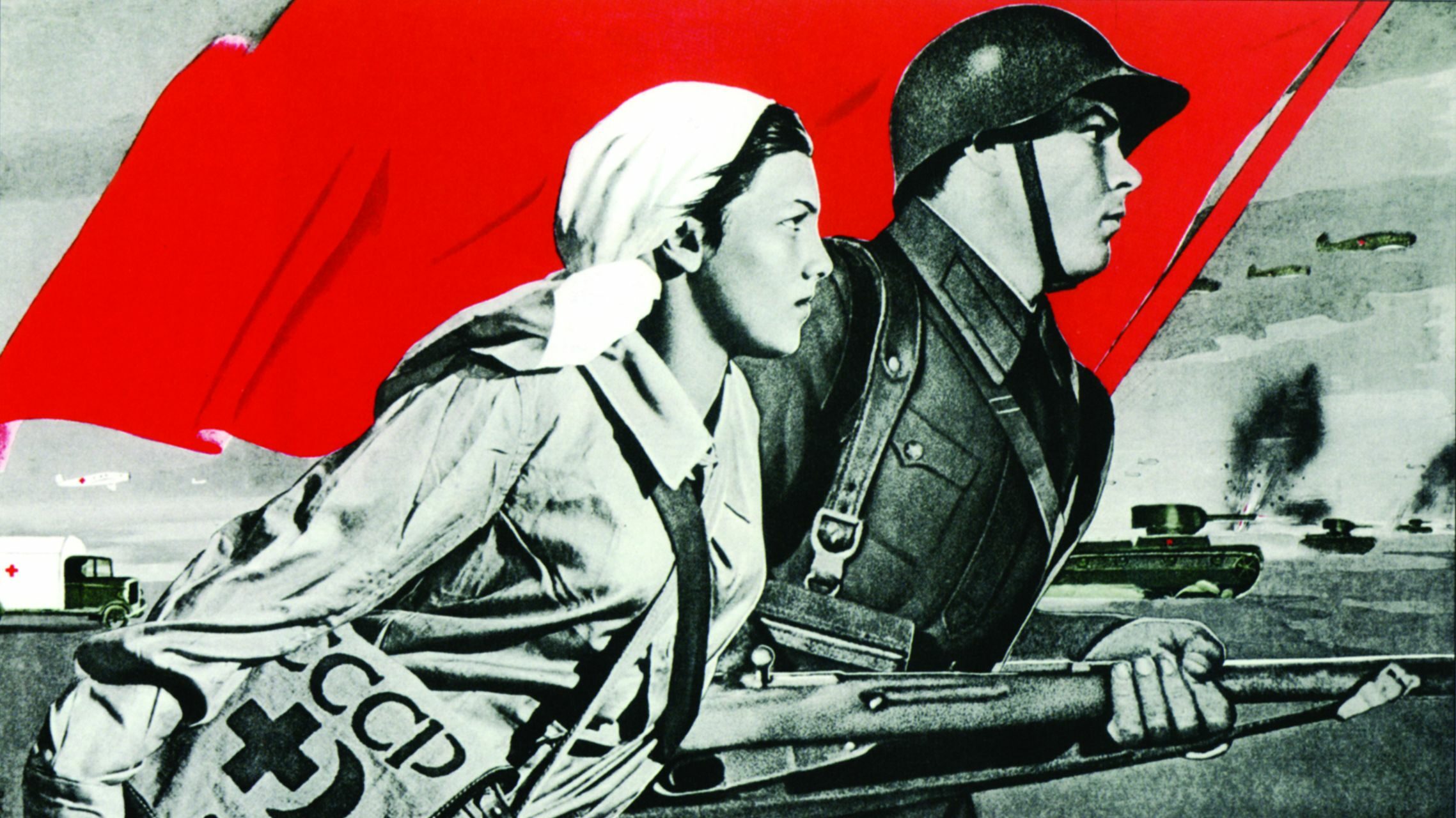
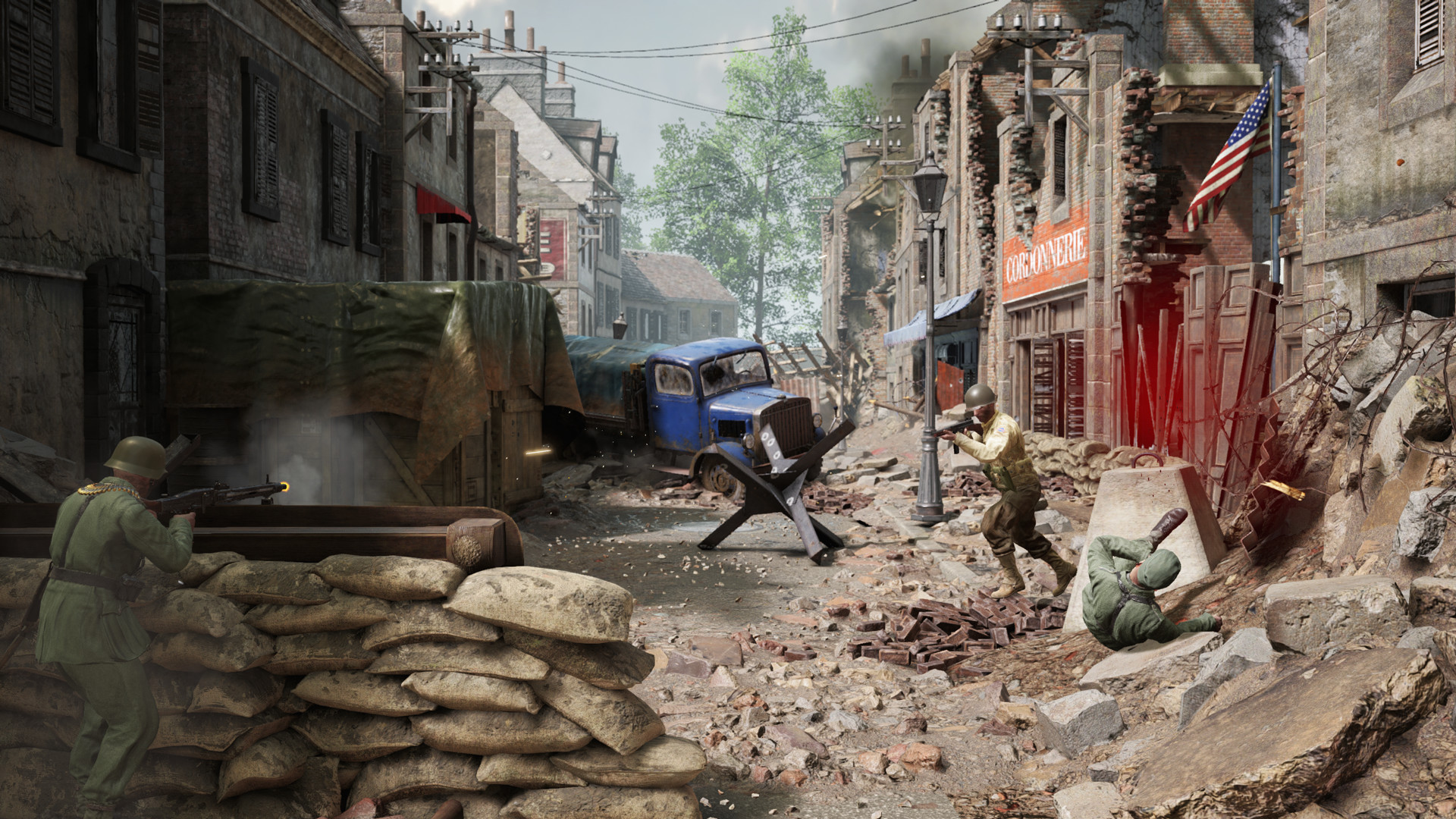
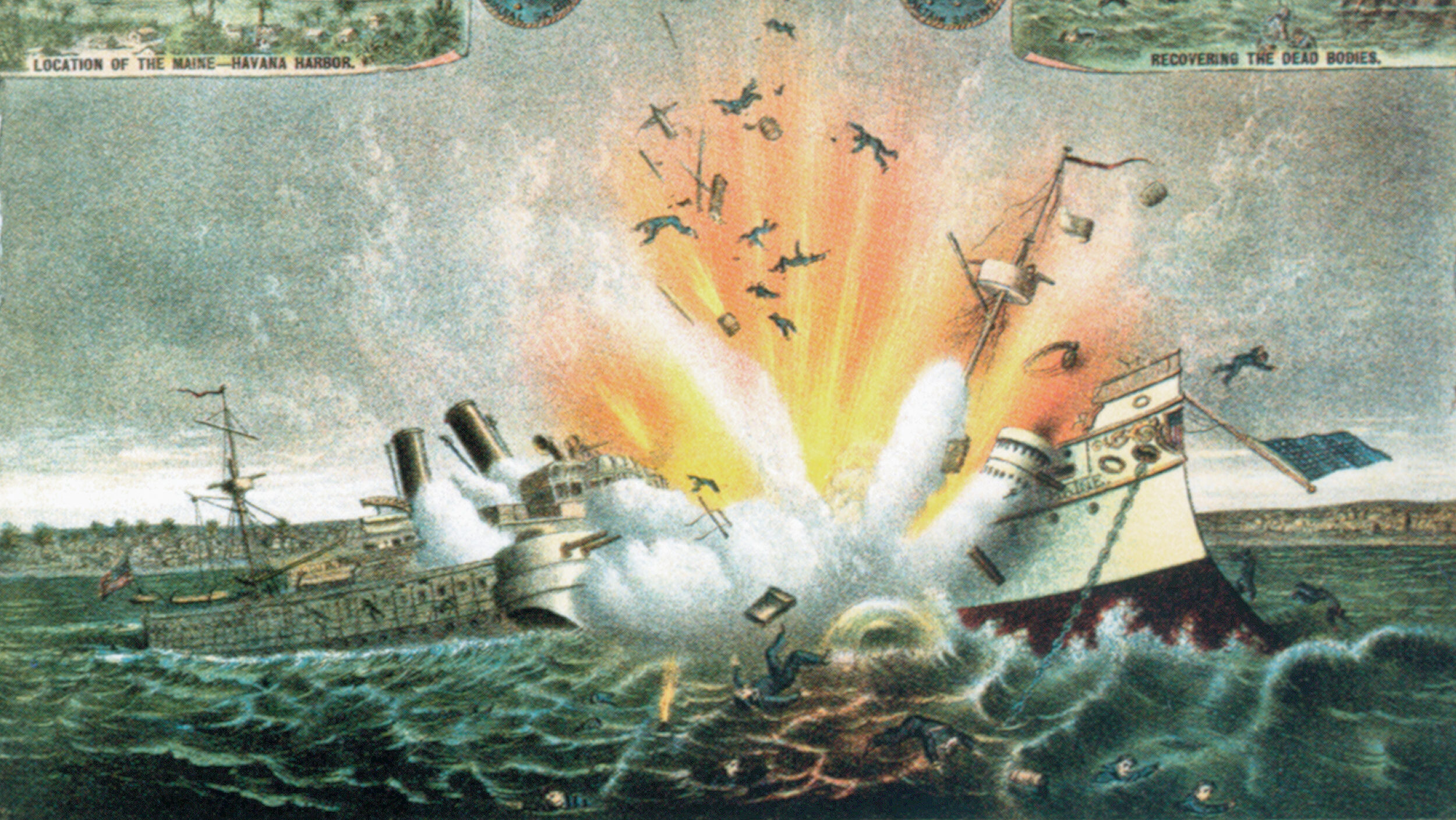
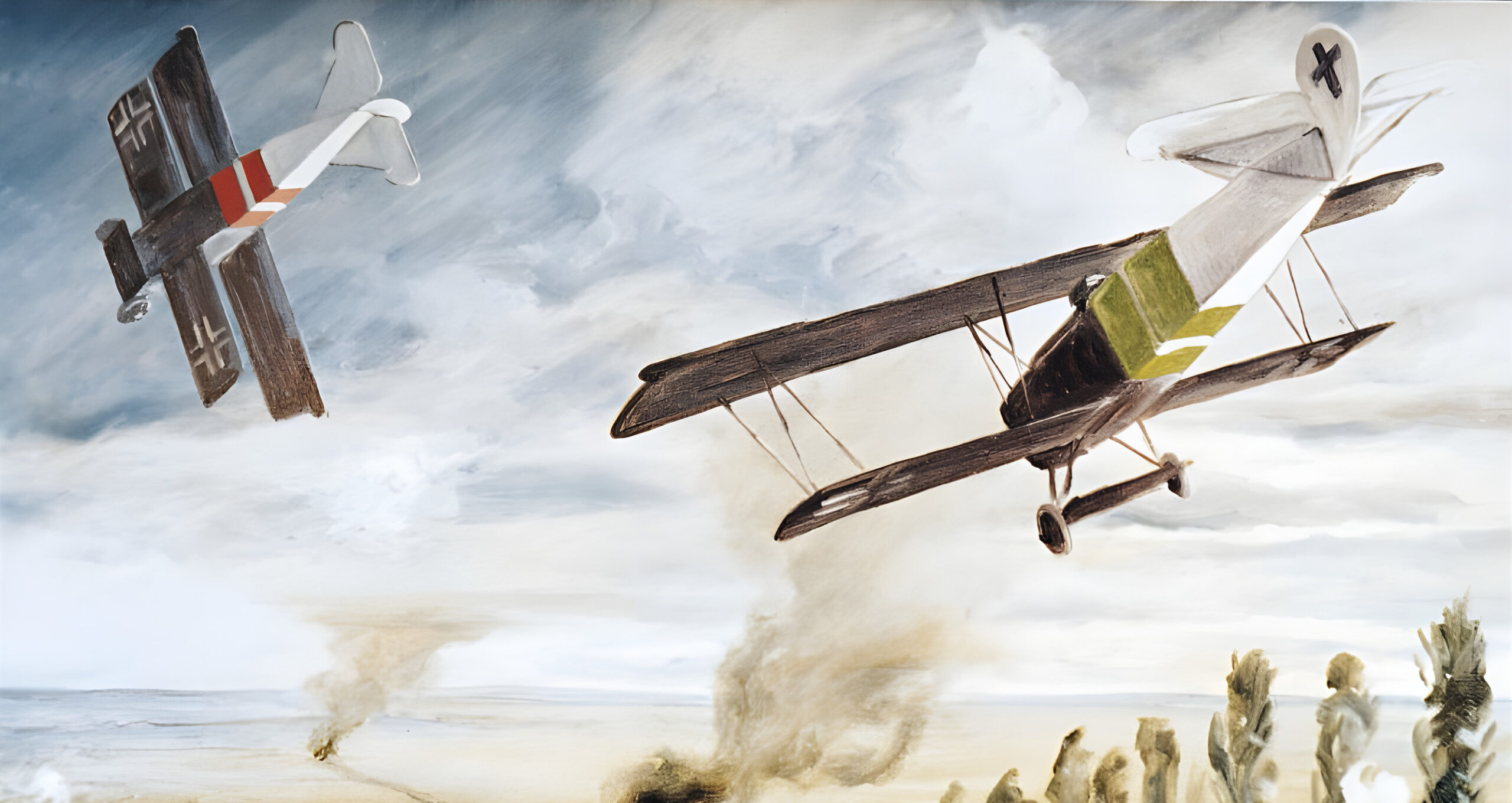
Join The Conversation
Comments
View All Comments